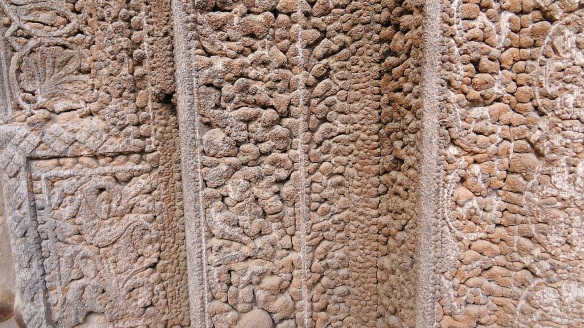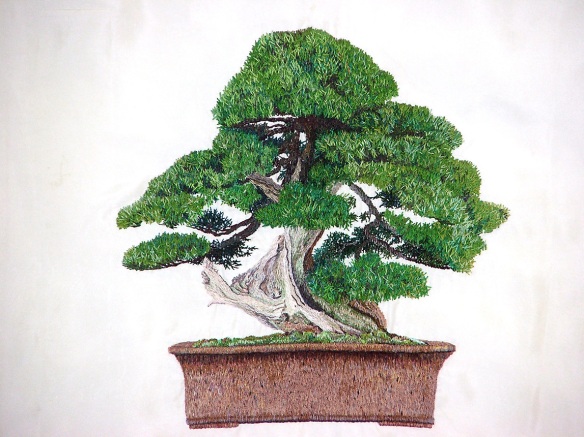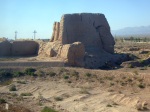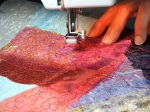On my trip to Rajasthan in February we visited a lot of palaces and temples as well as seeing craft producers. Everywhere we went there was fascinating architecture and amazing decoration. The Maharajas who lived in the palaces were not into minimalist interior design, every surface was covered in rich and sumptuous decoration. This surface ornamentation varied from the breathtakingly beautiful to the frankly tasteless but it was never dull. My camera should have been red-hot with the number of shots I took. The few photographs I present to you here are just a taste of the ornamentation found in a number of Rajasthan palaces. Deprived of real power by the British, the Indian princes put much of their
Deprived of real power by the British, the Indian princes put much of their
great wealth into building these deliberately impressive palaces and filling
them with extravagant objects. It is not really clear who was meant to be
impressed, whether the subjects of these princes, their foreign overlords, or if they
were simply trying to convince themselves of their own greatness, but there was
certainly a lot of effort put into the enterprise.
While these palaces do have a distinctive style of their own, I was struck by how many of the decorative motifs used were not particularly Indian in feeling and were in fact vaguely familiar. It took a while before I realised that a good deal of the decoration could have been taken directly from “The Grammar of Ornament” by Owen Jones. The style of decoration in these palaces appears to be drawn, not just from the Indian tradition but from a Victorian British aesthetic as well.
Owen Jones was a Victorian architect and designer who published his major work “The Grammar of Ornament” in 1856. This classic work was a great influence on successive generations of designers and provided both inspiration and source material for major Arts and Crafts figures such as William Morris and William De Morgan. The book is still available in print today.
“The Grammar of Ornament” was an investigation into the design motifs of varied cultures and periods but Owen, by a process of selection and subtle transformation, managed to transform all his sources until they looked unmistakeably Victorian.



























































































































